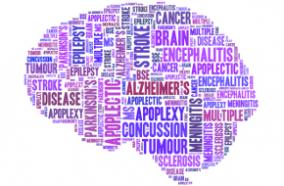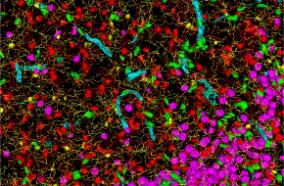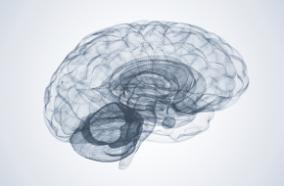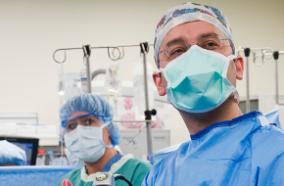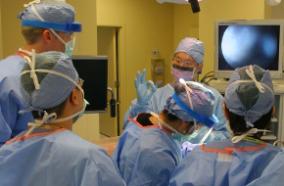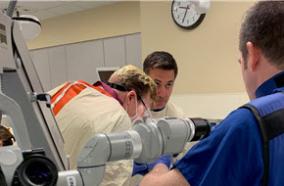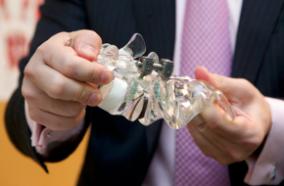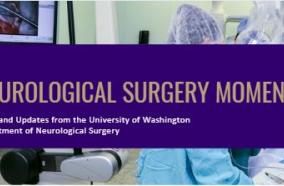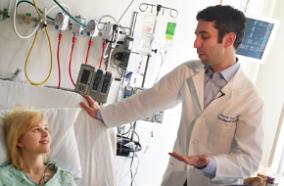4 years 5 months ago
Noncanonical poly(A) polymerases PAPD5 and PAPD7 (PAPD5/7) stabilize hepatitis B virus (HBV) RNA via the interaction with the viral posttranscriptional regulatory element (PRE), representing new antiviral targets to control HBV RNA metabolism, hepatitis B surface antigen (HBsAg) production, and viral replication. Inhibitors targeting these proteins are being developed as antiviral therapies; therefore, it is important to understand how PAPD5/7 coordinate to stabilize HBV RNA. Here, we utilized a...
Fei Liu
4 years 5 months ago
Serum alanine aminotransferase (ALT) and aspartate aminotransferase (AST) are biomarkers for liver health. Here we report the largest genome-wide association analysis to date of serum ALT and AST levels in over 388k people of European ancestry from UK biobank and DiscovEHR. Eleven million imputed markers with a minor allele frequency (MAF) ≥ 0.5% were analyzed. Overall, 300 ALT and 336 AST independent genome-wide significant associations were identified. Among them, 81 ALT and 61 AST...
Chuan Gao
4 years 5 months ago
CONCLUSION: Abnormal findings on routine computed tomography scans after cranial vault reconstruction are uncommon and rarely result in an urgent surgical or medical intervention.
Chaima Ahammout
4 years 5 months ago
BACKGROUND: Countries with a high incidence of coronavirus 2019 (COVID-19) reported reduced hospitalisations for acute coronary syndromes (ACS) during the pandemic. This study describes the impact of a nationwide lockdown on ACS hospitalisations in New Zealand (NZ), a country with a low incidence of COVID-19.
Daniel Zl Chan
4 years 5 months ago
CONCLUSIONS: The authors found that a clinical diagnosis of single-suture craniosynostosis and the findings on CT were the same with rare exceptions. CT imaging very rarely altered the surgical treatment of children with single-suture synostosis.
Vijay M Ravindra
4 years 5 months ago
A 71-yr-old woman was discovered to have an incidental distal basilar artery (BA) fusiform aneurysm 7 × 5 mm in dimension, shaped like an "umbrella handle" with critical stenosis distal to the aneurysm. The right posterior cerebral artery (PCA) P1 segment was small; the left posterior communicating artery (PComA) was miniscule. Because the natural history of fusiform BA aneurysms is poorly defined, this was equated to a saccular aneurysm, with an estimated 10-yr rupture rate of 29%.1-8 After...
Varadaraya S Shenoy
4 years 5 months ago
A 62-yr-old man with left cavernous sinus tumor presented with atypical trigeminal neuralgia refractory to medical treatment. He received Gamma Knife (Elekta) radiation for the tumor. However, the facial pain worsened after radiation. Neuropsychological testing done for memory problems had revealed mild neurocognitive disorder. Neurological examination showed trigeminal distribution numbness and partial abducens nerve paralysis. Imaging revealed an enhancing left cavernous sinus and...
Zeeshan Qazi
4 years 5 months ago
In the adult liver, a population of facultative progenitor cells called biliary epithelial cells (BECs) proliferate and differentiate into cholangiocytes and hepatocytes after injury, thereby restoring liver function. In mammalian models of chronic liver injury, Notch signaling is essential for bile duct formation from these cells. However, the continual proliferation of BECs and differentiation of hepatocytes in these models have limited their use for determining whether Notch signaling is...
Sarah E Minnis-Lyons
4 years 5 months ago
CONCLUSION: Collectively, these data demonstrate that NVAF patients anticoagulated with rivaroxaban (compared with warfarin) exhibit both a reduced pro-inflammatory state and evidence of reduced endothelial activation. These findings are of translational relevance toward characterizing the anti-inflammatory and cardiovascular-protective mechanisms associated with rivaroxaban therapy.
Luisa Weiss
4 years 5 months ago
Disentangling biologically distinct subgroups of Alzheimer's disease (AD) may facilitate a deeper understanding of the neurobiology underlying clinical heterogeneity. We employed longitudinal [^(18)F]FDG-PET standardized uptake value ratios (SUVRs) to map hypometabolism across cognitively-defined AD subgroups. Participants were 384 amyloid-positive individuals with an AD dementia diagnosis from ADNI who had a total of 1028 FDG-scans (mean time between first and last scan: 1.6 ± 1.8 years). These...
Colin Groot
4 years 5 months ago
No abstract
Becky Pennington
4 years 5 months ago
Severe acute respiratory syndrome coronavirus 2 (SARS-CoV-2) causes a systemic disease that affects nearly all organ systems through infection and subsequent dysregulation of the vascular endothelium. One of the most striking phenomena has been a coronavirus disease 2019 (COVID-19)-associated coagulopathy. Given these findings, questions naturally emerged about the prothrombotic impact of COVID-19 on cerebrovascular disease and whether ischemic stroke is a clinical feature specific to COVID-19...
David I Bass
4 years 5 months ago
CONCLUSIONS: In patients with CM-I, syrinx, and scoliosis undergoing PFD, there was no difference in subsequent occurrence of surgical correction of scoliosis between those receiving a duraplasty and those with an extradural decompression. However, after controlling for preoperative factors including age, syrinx characteristics, and curve magnitude, patients treated with duraplasty were less likely to have curve progression than patients treated with extradural decompression. Further study is...
Brooke Sadler
4 years 5 months ago
A contemporary, age-specific model for the distribution of burn mortality in children has not been developed for over a decade. Using data from TriNetX, a global federated health research network, and the American Burn Association's Nation Burn Repository (NBR), we investigated non-survival distributions for paediatric burns in the United States. Paediatric burn patients ages 0-20 between 2010-2020 were identified in TriNetX from 41 Health Care Organizations using ICD-10 codes (T.20-T.30) and...
Kendall Wermine
4 years 5 months ago
Telemedicine has received increased attention in recent years as a potential solution to expand clinical capability and patient access to care in many fields, including neurosurgery. Although patient and physician attitudes are rapidly shifting toward greater telemedicine use in light of the COVID-19 pandemic, there remains uncertainty about telemedicine's regulatory future. Despite growing evidence of telemedicine's utility, there remain a number of significant medicolegal barriers to its mass...
Michael J Cruz
4 years 5 months ago
Implantable drug depots have the capacity to locally meet therapeutic requirements by maximizing local drug efficacy and minimizing potential systemic side effects. Tubular organs including the gastrointestinal tract, respiratory tract and vasculature all manifest with endoluminal disease. The anatomic distribution of localized drug delivery for these organs using existing therapeutic modalities is limited. Application of local depots in a circumferential and extended longitudinal fashion could...
Sahab Babaee
4 years 6 months ago
Severe acute respiratory syndrome coronavirus-2 (SARS-CoV-2) causes coronavirus disease 2019 (COVID-19), a respiratory illness that can result in hospitalization or death. We used exome sequence data to investigate associations between rare genetic variants and seven COVID-19 outcomes in 586,157 individuals, including 20,952 with COVID-19. After accounting for multiple testing, we did not identify any clear associations with rare variants either exome wide or when specifically focusing on (1) 13...
Jack A Kosmicki
4 years 6 months ago
A limited evidence base supports the Functional Status Examination (FSE) as superior to the more commonly used Glasgow Outcome Scale-Extended (GOSE) for precisely characterizing injury-related functional limitations. The aim of this study was to use modern psychometric tools to test the hypothesis that the FSE is more precise than the GOSE in characterizing individual differences in functional limitations after moderate-to-severe traumatic brain injury (TBI). Secondarily, we sought to confirm...
Lindsay D Nelson
4 years 6 months ago
No abstract
Michael E Williams
4 years 6 months ago
CONCLUSIONS: More than half of women were unaware of ever having CT infection, suggesting many were at risk for CT-associated reproductive complications. These data reinforce the need to adhere to chlamydia screening guidelines and to increase screening coverage in those at risk.
Kanupriya Gupta
"university of washington"[affiliation] and neurological surge...: Latest results from PubMed
More posts about UW Neurological Surgery Recent PubMed Publications



